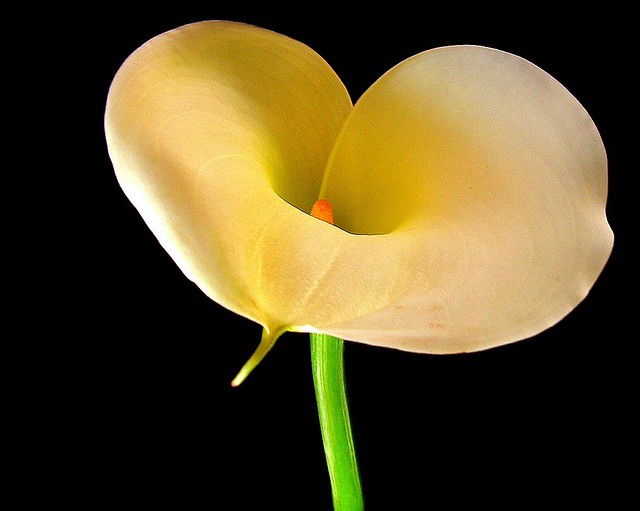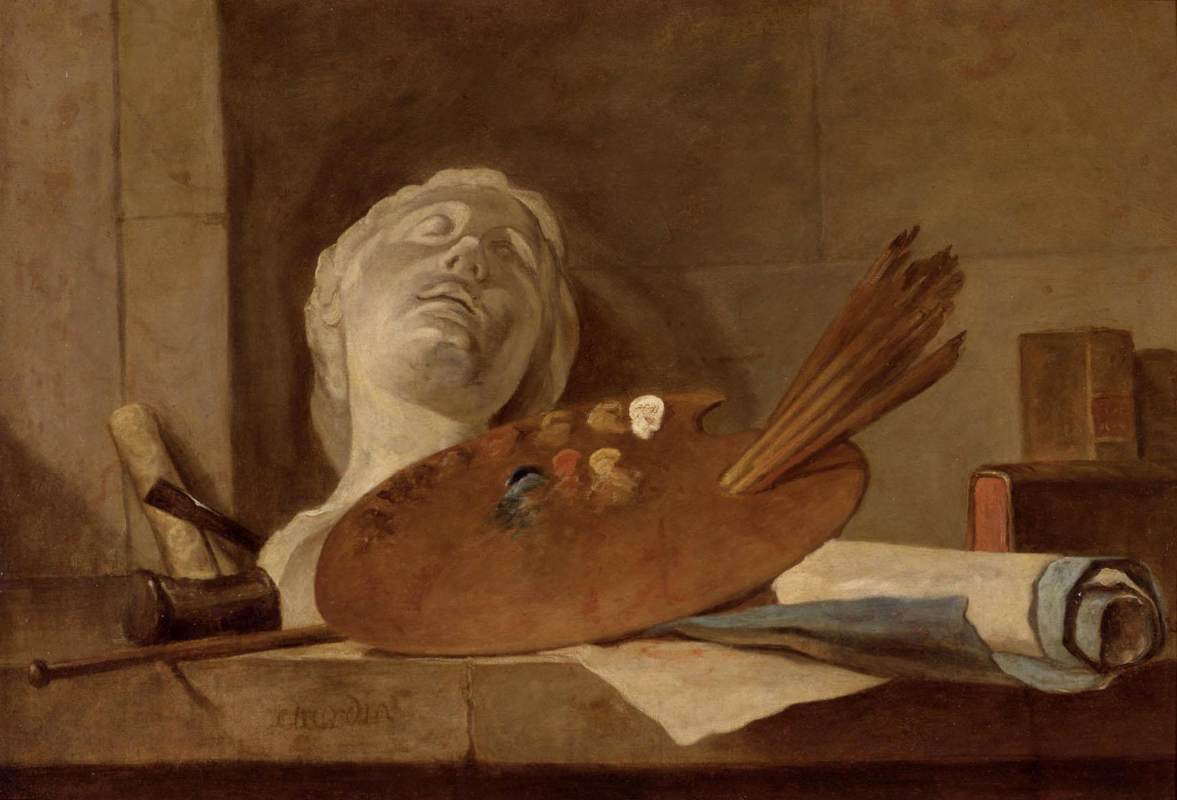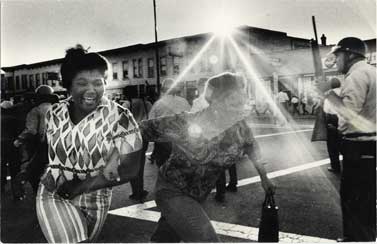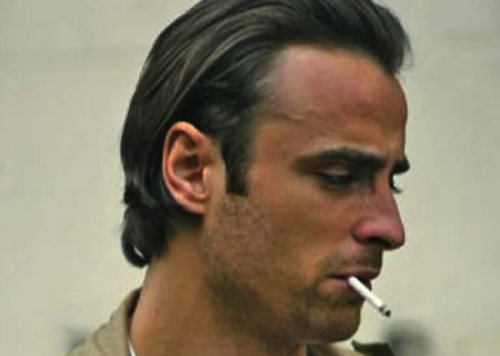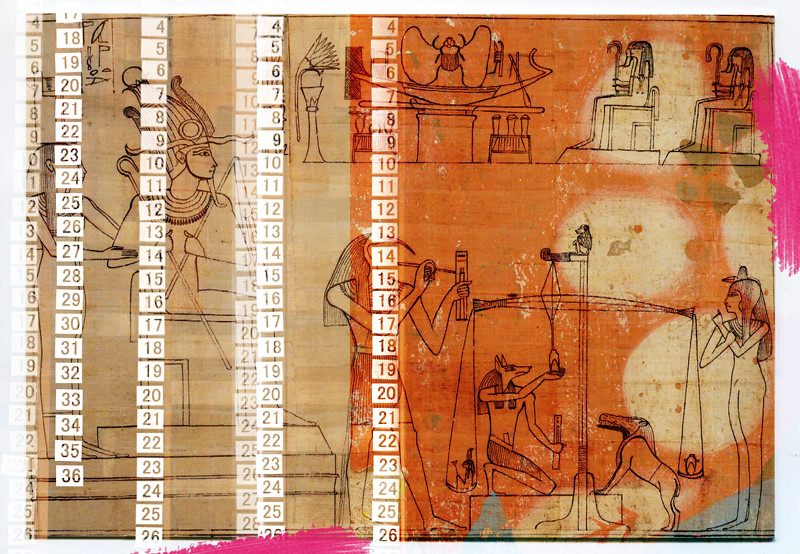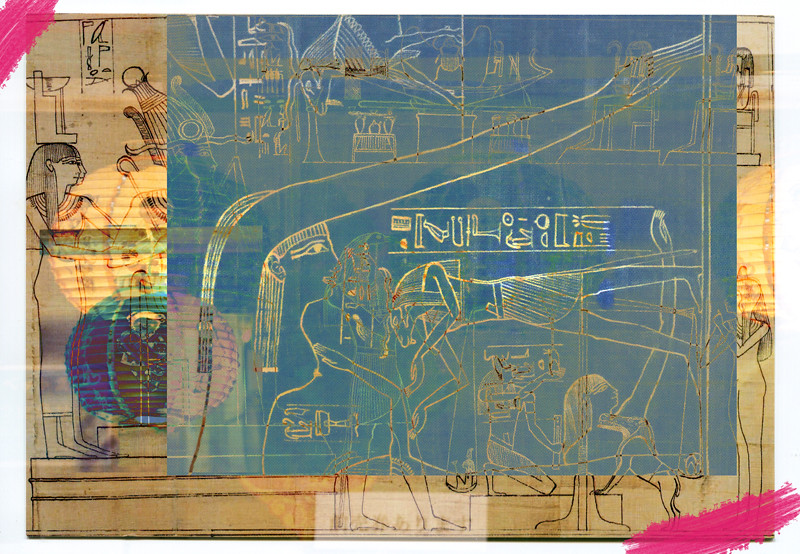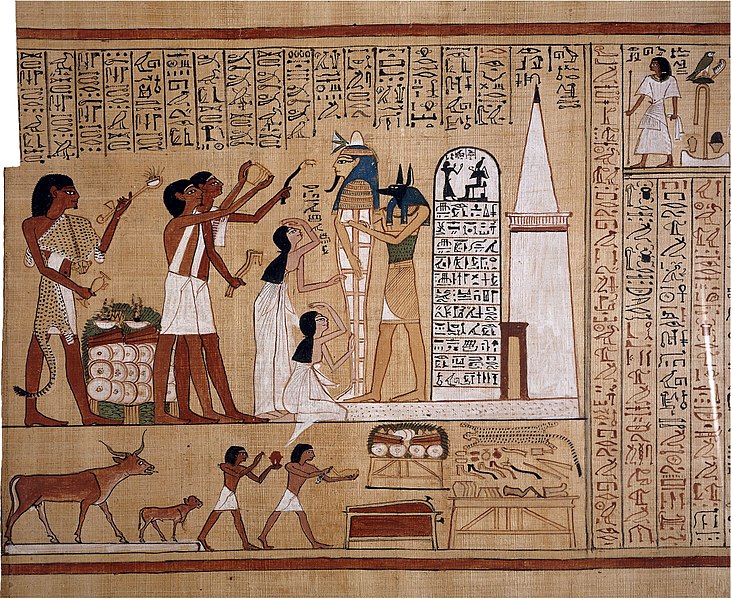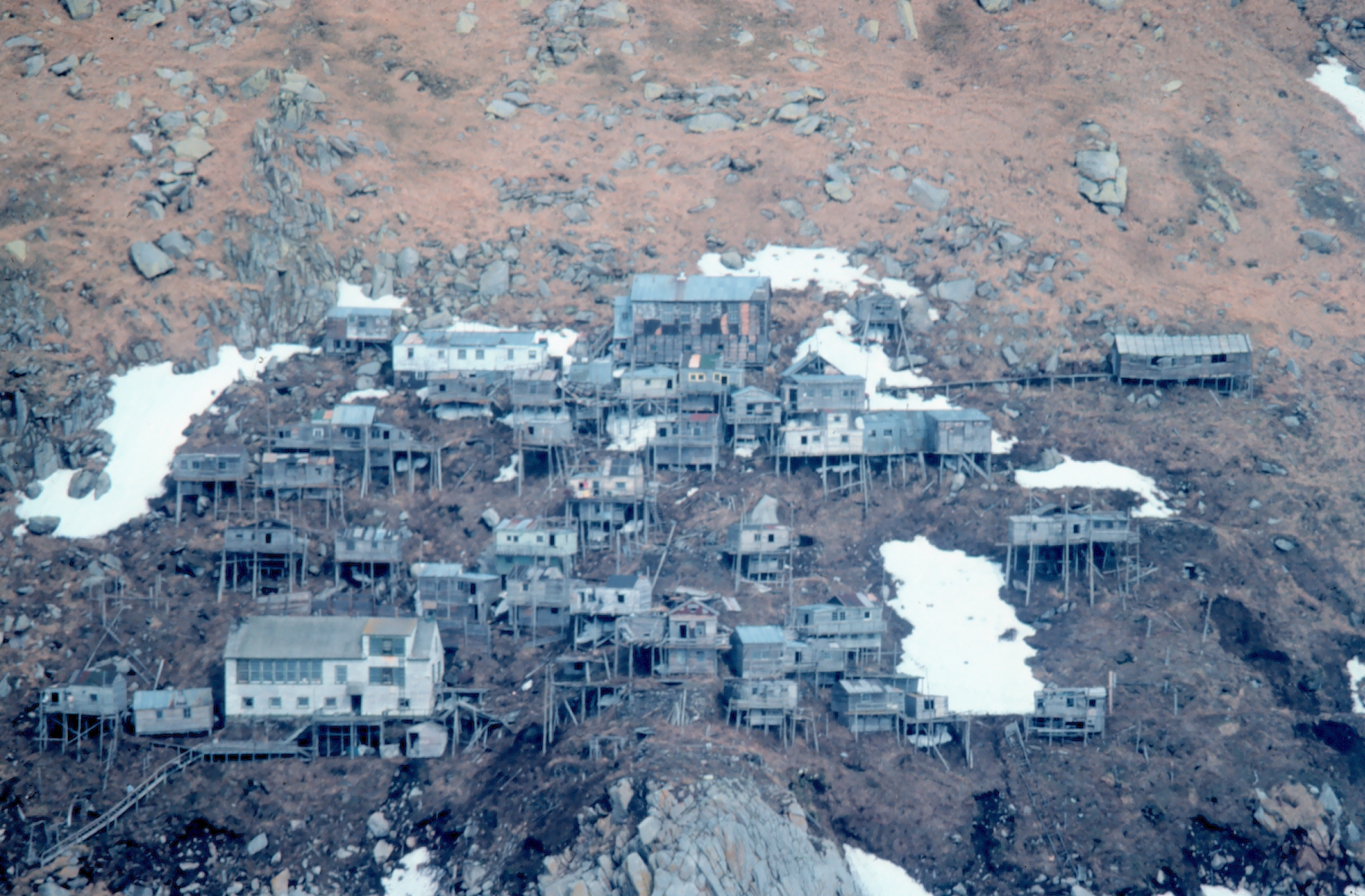.
Any excuse to trot this one out: photo by Ben Melvin/Rex Features (via The Guardian, 20 August 2012)
Dimitar
Berbatov grew up on the mean streets of the the bleak Bulgarian mining
town of Blagoevgrad, where he developed his unique footballing skills by
kicking about an old dusty basketball as there was no proper football to
play with. He learnt English from watching the Godfather trilogy. Part
III in particular left an indelible imprint. Berbatov began to tailor
his appearance after the model of Andy Garcia as the young Don Corleone.
“Lots of people tell me that I look like him," Berbatov later said. "He
has actually influenced my choice of hairstyle and I have even studied
the
way he smokes so I can hold my cigarette in the same way.”
Berbatov's boyhood street kickabouts came after he had queued for bread
for up to eight hours at a time. “We would get in line at six in the
morning and, if you lost your
place, you had to go to the back. I don’t know many footballers who will
have experienced what it was like
being a child in a Communist country.” Once word of his unusual
footballing skills began to get about, and he was reported to be
in training with CSKA Sofia, there came other problems for the lad. He
was kidnapped by Bulgarian Mafia boss Georgi Iliev. The gangster wanted
young Dimitar for his own club, Levski Kjustendil. Berbatov's father,
Ivan, himself a professional footballer, had to make a deal to secure
the boy's release. Berbatov later remained reluctant to talk of the
details of the traumatic episode. “It was a horrific ordeal but a long
time ago now.”
In
2009, when playing in the English Premier League, he received warnings
from his mother of another kidnapping plot brewing, this time involving
his wife and daughter. Cloak and dagger negotiations again ensued. It
was understood that, again, a deal had been struck, and Berbatov's
family was spared.
Dimitar Berbatov with his sketch of The Godfather: photographer unknown, via The Telegraph, 23 May 2013
Dimitar
Berbatov does not play football. He has not played football for four
years. He has no interest in it. He is above it. Instead, he has
wandered the streets of Manchester, just being Dimitar. It is more than
enough. Existence is enough. Dimitar is enough. Sometimes he goes to a
cafe and has a coffee. Sometimes he has a coffee and a cigarette.
Sometimes he has a coffee and a cigarette and a think. Shall I have
another cigarette after this cigarette, he wonders. Maybe, maybe. Should
I ask the waitress to top up my coffee? Perhaps –- but what is coffee?
And why is waitress? There are no answers. There are no questions. So no
coffee for Dimitar. Existence is enough. He lights another cigarette.
Hmm, mouth's a bit dry with all this smoking, he notes. I could do with
something to wash this fag down.
Dimitar is a performance artist.
He is a serious man. He makes Eric Cantona look like Michael McIntyre. A
couple of times during his stay in Manchester he has staged
situationist happenings. On one occasion, he sauntered down a length of
turf at the Old Trafford stadium and nonchalantly kicked a ball into a
net against Blackeye Rovers. Another time, he hovered above the turf and
guided a ball into a net against Liverpool. You would know these
artistic stunts as "goals". Dimitar is aware they are known as "goals",
too, but he also knows they are not goals. They are his interpretations
of goals, via the medium of goals. Football fans may consider them goals
if they wish, but they are pigs. To Dimitar, these goals, which are not
goals, are studies of time, space, energy, humanity. They are his
philosophic digressions, poems, novels. Full time score: Blackeye Rovers
nil, Ekphrasis one.
-- from How Dimitar learned to stop worrying and love the simple life: Scott Murray, The Guardian, 30 August 2012

Dimitar Berbatov demonstrating his legendary touch: photographer unknown (via CaughtOffside, 21 May 2013)
Dimitar Berbatov in the Global Vernacular
The Continental (2009)
What Bulgarian and Manchester United striker Dimitar Berbatov is lovingly referred to as by some Man United fans.
That was a great volley by The Continental.
Berbalishous (2010)
Used when football player Dimitar Berbatov does something extremely talented or extraordinary.
A berbalishous touch from the United striker.
Berbathlicism (2010)
(Noun)
The belief in Dimitar Berbatov. A new religion centred around the
Manchester United striker Dimitar Berbatov, a player who plays the
beautiful game like no other; art,
touch, grace, and a dash of improvisational flair combined to make a
player of unrivaled skill.
Non-believers (antiberbathlicists)
will argue that he is lazy due to his languid, laidback style; believers
will tell you that this is simply his style and his touch, vision and
ability to produce pieces of magic that others can only dream of set him
apart from any other footballer.
Dimitar
Berbatov has declared himself a loner, a perfectionist and an art
lover. He is truly an enigma, a genius, a god walking amongst mere
mortals and so a religion has been created in his honour.
Ignorant Fan: "Berbatov is such a lazy player!"
Knowledgeable
fan: "You ignorant fool! His first touch is sublime, he is tactically
aware and scores unbelievable goals, I'm even a member of Berbathlicism
because the man's pure genius."
Mitko (2011)
Mitko is one of the most common Bulgarian male names. Everybody named Dimitar in Bulgaria can be called Mitko.
It comes from the Greek goddess Demeter -- Goddess of the Earth, Agriculture, Harvest, and Forests.
I saw Mitko coming at the party.
Mitak, come and play with us!
Mitko's are really cool and handsome, helpful guys around the world.
Yo Katie, that Mitko guy is fukken hot.
Bulgarian Delight (2011)
1) The act of proceeding to ejaculate on tiramisu, after eating a slice of Bulgarian feta cheese.
2) The feeling of delight and happiness you get when Manchester
United player Dimitar Berbatov, does the things he's paid for. (I.e. scoring a goal, anything.)
(For definition 1)
Girl 1: My boyfriend gave me a cake for my birthday!
Girl 2: Oh really? What kind?
Girl 1: A Bulgarian delight!
(For definition 2)
Guy: I had Bulgarian delight, when Berbatov actually did something during the match yesterday.
Bulgarian (2011)
Adjective meaning lazy, blasé or casual to the
extreme but in a classy or stylish way. Often used to describe someone so
talented in a certain discipline that they don't take said discipline
seriously -- it is often obvious that they find it easy -- or any action
or said person. Named for the Bulgarian footballer Dimitar Berbatov.
John: Man Josh is so good at tennis.
Jack: Yeah, he's totally Bulgarian.
James: Man that pass was Bulgarian.
Berbatovian (2011)
(Adjective) Used to describe someone's
performance at a task. Denotes displaying extreme laziness and antipathy
towards a task despite displaying obvious skill, flair and talent for
it.
Usually provokes annoyance among others.
In honour of Dimitar Berbatov's performances for Manchester United.
"He's such an annoying Berbatovian cock. He never even tries and he gets more birds than I could dream of."
(Via Urban Dictionary)
Dimitar Berbatov: photo by Ben Melvin/Rex Features (via The Sun, 3 April 2010))
"I am a relaxed guy. I play that way and I can’t change my style. I
watch games and see guys who panic on the ball -– they look so nervous. I
can be calm, because I sometimes know what I want to do before the ball
comes to me."
-- Dimitar Berbatov, characterizing his style of play, 2009
 Touch is a crucial means of receiving information. Tactile markings at the top and bottom of a flight of stairs, to
improve recognition and accessibility for the visually impaired, University of Sydney, Australia: photo by laRuth, 29 September 2006
Touch is a crucial means of receiving information. Tactile markings at the top and bottom of a flight of stairs, to
improve recognition and accessibility for the visually impaired, University of Sydney, Australia: photo by laRuth, 29 September 2006
(Has Dimitar Berbatov been here?)

